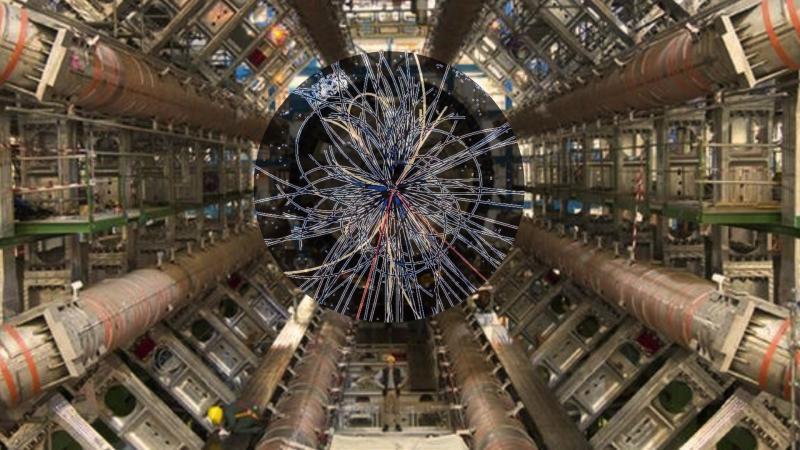
CERN Scientists Shedding Light on Antimatter & Universe’s Origins
For decades, scientists at CERN’s Large Hadron Collider (LHC) have been on a mission to unravel the mysteries of antimatter. Recently, the ALICE collaboration made a groundbreaking discovery, confirming the first evidence of antihyperhelium-4. This breakthrough offers a deeper understanding of the fundamental forces of nature, shedding light on the balance of matter and antimatter in the universe, and the early moments of its formation.
The Large Hadron Collider, a 27-kilometer-long underground tunnel, is the world’s most powerful particle accelerator. It smashes protons together at incredible energies, recreating the conditions that existed in the universe just a fraction of a second after the Big Bang. This allows scientists to study the fundamental forces of nature and the building blocks of matter in extreme conditions.
The ALICE collaboration, a team of researchers from over 30 countries, has been studying heavy-ion collisions at the LHC. These collisions involve the collision of heavy atomic nuclei, such as lead or gold, at nearly the speed of light. The resulting debris is then analyzed to gain insights into the properties of matter and antimatter.
The recent discovery of antihyperhelium-4 is a significant milestone in the quest to understand antimatter. Antihyperhelium-4 is the antiparticle of helium-4, one of the most common isotopes of helium. The discovery of this exotic particle provides a unique opportunity to study the properties of antimatter and its behavior in extreme conditions.
The ALICE collaboration’s findings suggest that antihyperhelium-4 is produced in significant amounts during heavy-ion collisions. This is a major breakthrough, as it was previously thought that antimatter was only produced in small quantities. The discovery of this particle offers a new window into understanding the fundamental forces of nature and the balance of matter and antimatter in the universe.
The matter-antimatter imbalance in the universe is a long-standing puzzle. According to the Standard Model of particle physics, matter and antimatter should have been created in equal amounts during the Big Bang. However, we observe that the universe is dominated by matter, with only a tiny amount of antimatter present.
The discovery of antihyperhelium-4 may help to shed light on this puzzle. By studying the properties of this particle, scientists may gain insights into the fundamental forces that govern the behavior of matter and antimatter. This could ultimately lead to a deeper understanding of the universe’s early moments and the conditions that led to the domination of matter over antimatter.
The ALICE collaboration’s findings also have implications for our understanding of the strong nuclear force, one of the four fundamental forces of nature. The strong nuclear force is responsible for holding quarks together inside protons and neutrons, and for holding these particles together inside atomic nuclei.
The discovery of antihyperhelium-4 suggests that the strong nuclear force may play a more significant role in the production of antimatter than previously thought. This could have significant implications for our understanding of the fundamental forces of nature and the behavior of matter and antimatter in extreme conditions.
In conclusion, the recent discovery of antihyperhelium-4 by the ALICE collaboration at the Large Hadron Collider is a major breakthrough in the quest to understand antimatter and the universe’s origins. This exotic particle offers a unique opportunity to study the properties of antimatter and its behavior in extreme conditions, shedding light on the balance of matter and antimatter in the universe, and the early moments of its formation.
The Large Hadron Collider remains one of the most powerful tools in the pursuit of scientific knowledge. As scientists continue to push the boundaries of human understanding, we can expect even more groundbreaking discoveries to emerge from this iconic facility.
Source:
https://researchmatters.in/news/exotic-antimatter-spotted-heavy-ion-collisions-lhc






